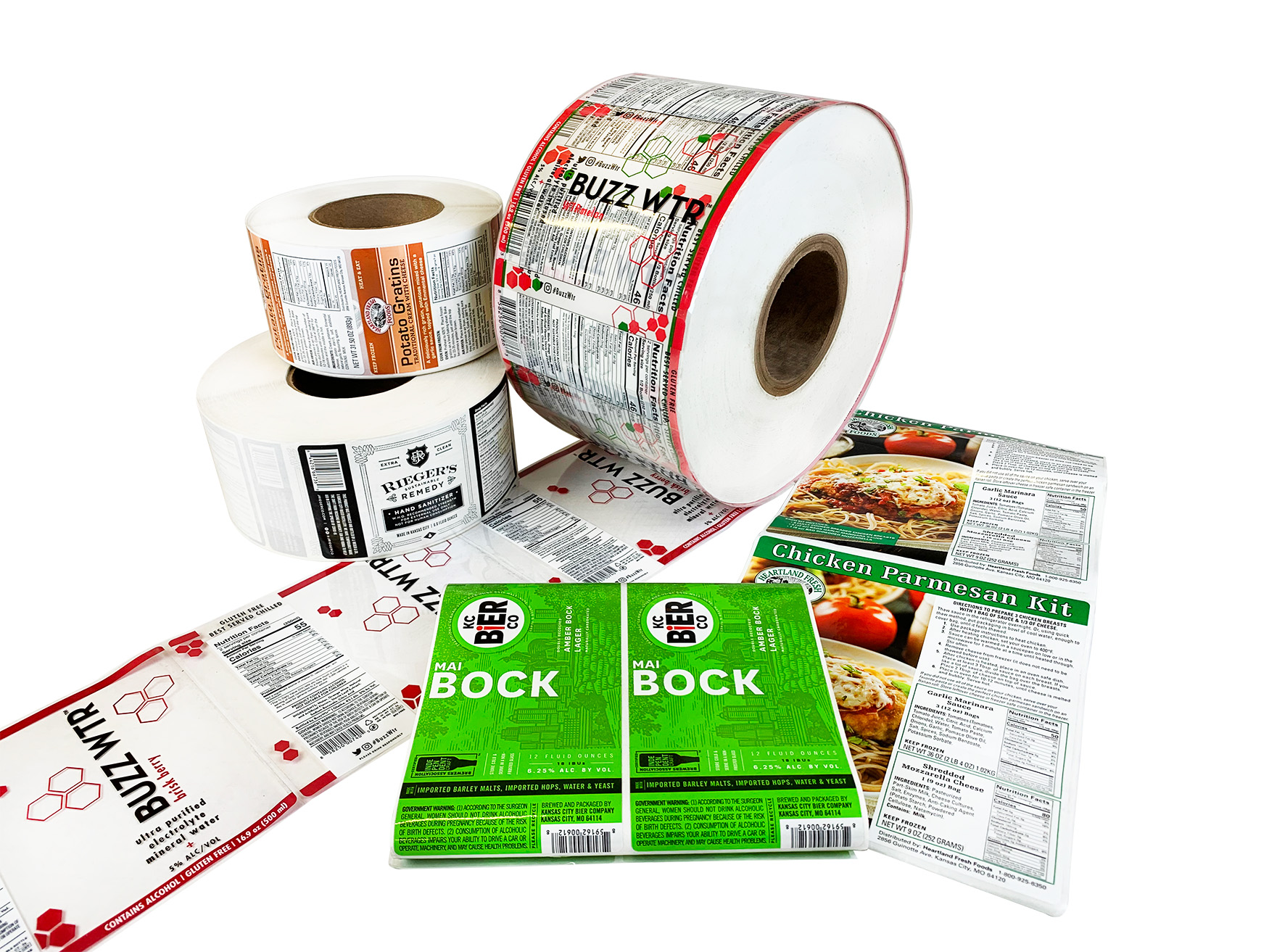
Product label design can help appeal to customers and beat out the competition right from the shelf. Here’s how you can design the best labels.
Why Product Label Design Matters
1. Your product graphics are the first thing potential customers see. As a result, product labels can provide either a good first impression or a bad first impression. They can either draw a customer in and make them want to learn more, or they can drive them away — towards the competition.
2. Product labels are a great way to stand out from the competition. Your product label and packaging need to stand out amongst dozens of products on a crowded shelf.
3. Your product labels can also help promote your brand identity. Your labels need to show off your brand logo, brand colors, and brand fonts to become an extension of your brand. These factors can help your brand become instantly recognizable on the shelf.
4. Finally, your product labels effectively communicate with customers. Product labels should answer all the questions that customers have about your brand and products.
Components of a Product Label
Product labels need to be strategically designed — paying close attention to the five components of content, material, color, finish, and size and shape.
1. Content
The first component of your product label is content. Your label is so much more than a catchy and colorful design. It also needs to include the right content. Depending on your industry, you may actually be required to include specific information on the label. At the very least, you need to include the product name, brand name, brand contact information, and manufacturer name. If applicable, you also need to include the expiration date, ingredients list, and instructions.
2. Material
The second component of your graphic designs is material. While the look is always important, the function is even more important. Consider which label materials go well with your specific product and where it’s going to be stored. For instance, there are basic kraft paper labels that can be used for dry products. There are also waterproof labels that should be used for products exposed to moisture.
3. Color
The third component of your product label is color. If you have a strong brand image that incorporates certain colors, you may want to incorporate these colors onto your product label. On the other hand, you may also want to consider the psychology of colors. Certain colors are known to evoke different emotions. For instance, the color white signifies cleanliness, simplicity, innocence, and honesty. On the other hand, the color black signifies sophistication, security, and formality. Choose your colors based on the feelings that you want your brand and product to evoke.
4. Finish
The fourth component of your custom label design is the finish. Generally speaking, there are two choices here: matte and gloss. If you want your product to have a more raw and natural feel, then you should choose the matte finish. On the other hand, if you want your product to have a more sophisticated and modern feel, then you should choose the glossy finish.
5. Size & Shape
The last component of your product label relates to size and shape. When it comes to labels, bigger isn’t necessarily better. At the same time, you want your label to be eye-catching and readable. You may want to create some samples of different sizes and shapes so that you can choose the one that looks and feels the best. If you don’t want to make this decision on your own, you should always test it.
How to Design the Best Labels for Your Products
Now that you have the basic components down, it’s time to go a step further and put all of these components together for an eye-catching and informative product label:
1. Include the Right Information
When designing your product labels, make sure you include the right information. Think about your customers and what they want/need to know from your label — and then include it. This is another great opportunity for test groups since it may be hard for you to anticipate potential questions from consumers.
2. Tell a Story
Your product label should include more than just basic information. It should tell a story to entice customers. Tell the story of your company, where you came from, and what you care about. If you’re committed to avoiding certain ingredients or producing your products a certain way, make sure to include this information on the label.
3. Embrace White Space
While it may be tempting to create a bold and eye-catching product label, it might be a good idea to also embrace white space. White space is simply open space on the label that isn’t taken up by images or text. White space can help separate different elements of the label and give it a more minimalist and clean design.
4. Do Something Different
Your product label is a great opportunity to do something different to set your products apart from the competition. For instance, you could use a cool pattern or label shape. You could use a unique label material or finish with things like metallic foil, texture, glitter, etc. This is where you can let your creative juices really flow and come up with a cool feature that will make your label jump out from the rest.
5. Be Consistent
Finally, your product labels need to be consistent. This means that they all need to be printed in the exact same way with the same finish. This also means that they all need to be applied in the exact same way in the same position.
Furthermore, if you have different products within the same line, the label design needs to be similar. It should be clear that it’s from the same line — but also clear that it’s a different product at the same time. You can easily do this with different colors and images.
Sources:
